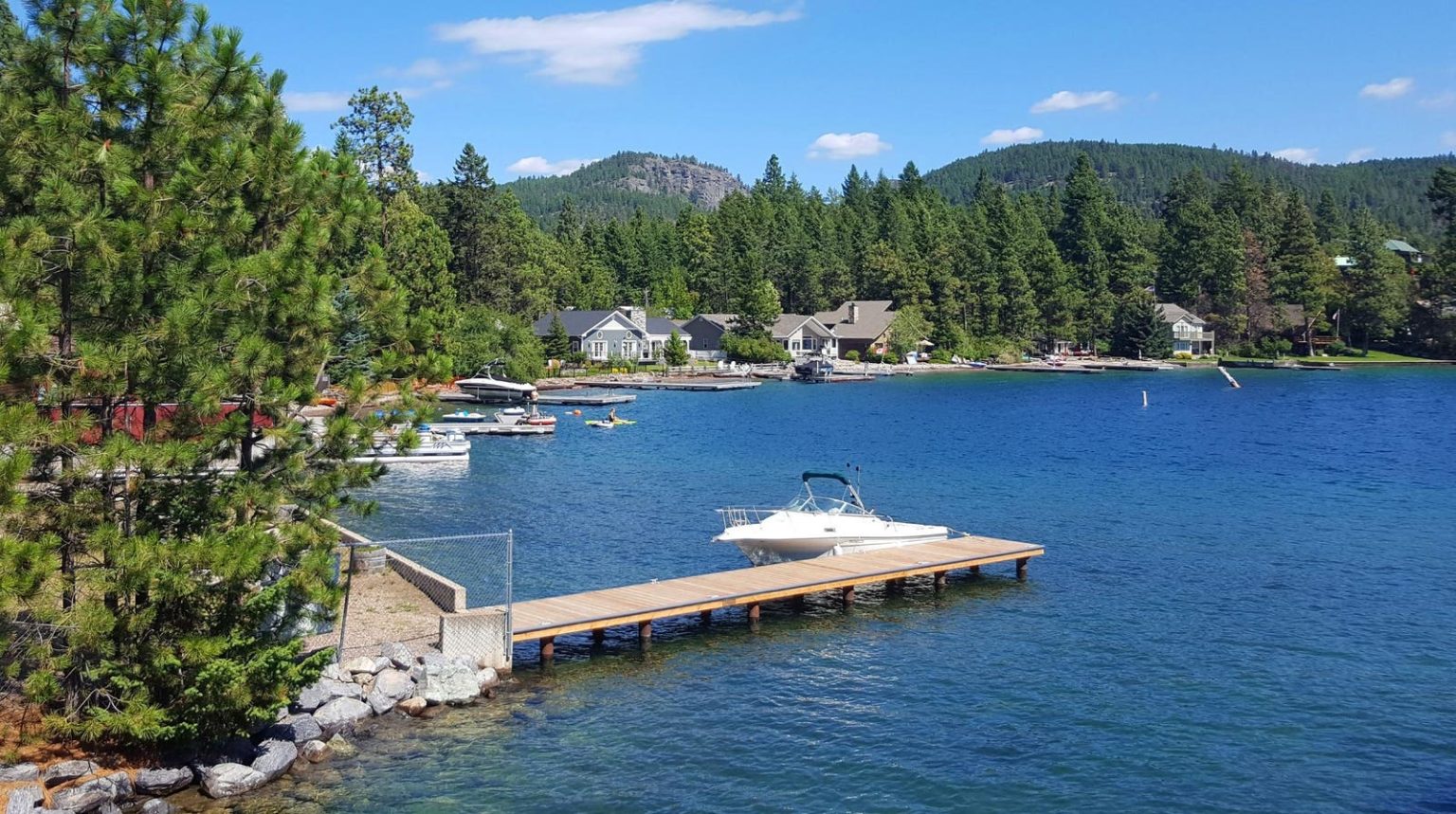This analysis explores Montana’s most expensive ZIP codes in 2024, leveraging data from Zillow’s Home Value Index and the U.S. Census Bureau. Focusing on 233 Montana ZIP codes tracked by Zillow, the study considers both the latest monthly median home values (December 2024) and a 12-month average (January to December 2024) to provide a comprehensive overview. This granular approach reveals pockets of significant wealth, often contrasting sharply with surrounding areas, providing a nuanced understanding of Montana’s real estate landscape beyond city-level generalizations. The examination highlights not only the current state of the market but also tracks the dramatic appreciation of home values over the past five years, painting a picture of dynamic change and investment influx.
The top five most expensive ZIP codes showcase diverse locations and varying trajectories of growth. Leading the pack is 59730, encompassing Big Sky and Gallatin Gateway, experiencing an influx of external wealth and a staggering 92.2% surge in median home value over the past five years, reaching $1.294 million. This dramatic appreciation far surpasses what local median and average household incomes could typically support, suggesting investment-driven growth. Following closely is 59931, centered on Rollins along Flathead Lake. This area has witnessed an explosive 110.5% increase in median home value over five years, reaching nearly $1.112 million, alongside comparatively high median and average household incomes.
The third most expensive ZIP code, 59065, southeast of Gallatin Gateway, presents a contrasting picture. Covering sparsely populated areas like Pray and Chico within Custer Gallatin National Forest, its higher median and average household incomes alongside a 62.1% rise in median home values to $979,240 over five years tells a story of affluent, potentially vacation-home driven growth. Big Arm, located within ZIP code 59910 and the fourth most expensive area, experienced an 89.8% jump in median home value over five years, reaching $922,552, a growth trajectory mirroring the top two locations. Finally, 59715, situated in Bozeman, exhibits more moderate growth with a 55.9% increase in median home value to $867,087 over five years, likely influenced by its larger population and established urban environment.
The data reveal a complex interplay of factors driving the high home values in these Montana ZIP codes. While locations like Rollins and Big Sky have seen explosive growth fueled by external investment and desirability, areas like Big Arm demonstrate substantial appreciation possibly influenced by their proximity to thriving luxury markets like Rollins. The more moderate growth in Bozeman, while still significant, suggests a more established market influenced by local economic factors and population growth. Furthermore, the significant gap between home values and median household incomes in some areas points to a market driven by external wealth and investment, potentially impacting affordability for local residents.
This analysis provides a valuable snapshot of the Montana high-end real estate market, revealing not only the current price points but also the diverse forces shaping these luxurious enclaves. The substantial appreciation in certain areas reflects their increasing desirability, attracting significant investment and driving up prices. However, it also raises questions about the long-term implications of such rapid growth and the potential impact on accessibility for local communities. Further investigation into factors such as second-home ownership, short-term rentals, and the influx of high-net-worth individuals would provide a more complete understanding of the dynamics driving these high valuations.
The ongoing study of expensive ZIP codes across different states allows for comparisons and identification of broader trends impacting real estate markets. Comparing Montana’s data with other states can provide insights into the relative affordability and attractiveness of different regions, illuminating broader economic and demographic shifts. Further analysis could explore the influence of factors such as natural beauty, recreational opportunities, tax policies, and remote work trends on the desirability and subsequent price escalation in these high-value ZIP codes. This comprehensive approach helps to decipher the complex forces shaping real estate markets and offers a valuable tool for investors, homeowners, and policymakers alike.

